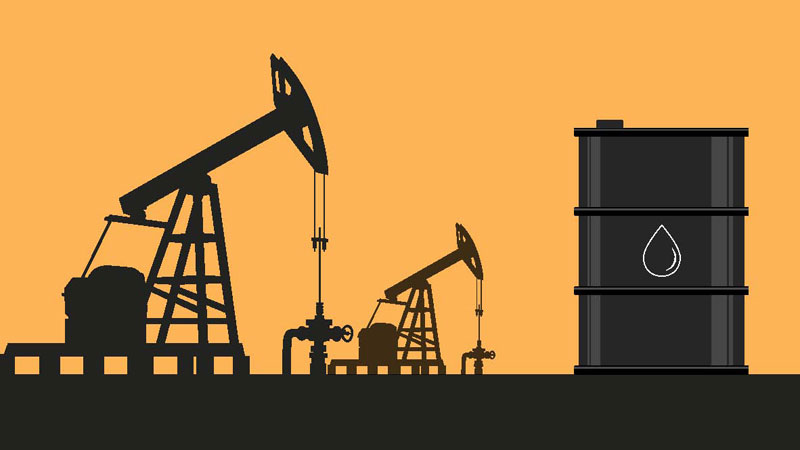

Supported by a boost in oil revenues, infrastructure investments and reforms to promote non-oil sector activity, Oman economy is expected to achieve positive results this year.
After having contracted consecutively in 2015 and 2016, Omani crude has made a significant recovery in the months that followed.
The average price of Oman crude oil due for delivery in March 2018 reached $66.32 per barrel, which is $4.75 higher than the average February price.
At the end of January 2018, the average price stood at $60.8 per barrel registering an increase of 36.6 per cent.
In 2017, the average price stood at $51.3 per barrel as against $40.1 in 2016.
According to analysts, all indicators are positive that the Sultanate will witness a growth of above three per cent.
Business Monitor International expects real GDP to “remain relatively robust” as the investment in the non-oil sector “gathers momentum”.
“Economic growth will stay in the range of 3.0 to 3.5 per cent in 2019 to 2022, as the government works to diversify the nation’s economy away from a reliance on hydrocarbons,” said a report by the global agency.
According to Oman’s 2018 budget statement, the government expects the economy to grow by a minimum three per cent in the current year.
The World Bank projects Oman’s economic growth to pick up to 2.3 per cent in 2018, better than the average two per cent growth forecast for GCC countries as a group this year.
“Supported by easing fiscal adjustment, infrastructure investment and reforms to promote non-oil sector activity, GCC economies, including Oman, are anticipating a stronger growth this year,” the World Bank said.
According to a Meed estimate, Oman has projects worth $177 billion either planned or under way as it seeks to diversify its economy.
The total value of projects planned in Oman, but yet to be awarded at the start of 2018, was about $126 billion.
“This suggests that the spending levels could remain relatively high in the coming years, although not all projects are likely to succeed or be awarded on schedule,” points out the Meed report.
The budget deficit of RO 3 billion in 2018 has already been drastically reduced with the rise in the oil prices and prudent spending.
According to data from the National Centre for Statistics and Information, Oman’s total exports of crude oil and condensates were 25,064,600 barrels by the end of January 2018.
The Sultanate’s production of crude oil and condensate by the end of January 2018 was 29,978,600 barrels, including 26,816,900 barrels of crude oil and 3,161,700 barrels of condensates.
Oil revenues by the end of the third quarter of 2017 went up by 27.3 per cent and non-oil revenues by 3.2 per cent.
Oman Observer is now on the WhatsApp channel. Click here



